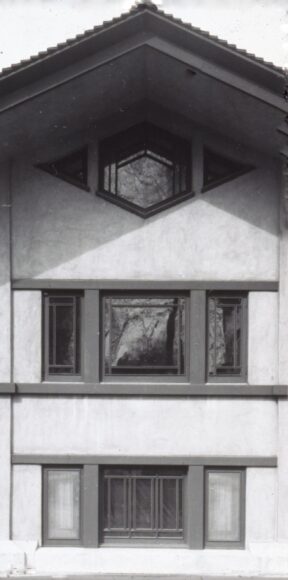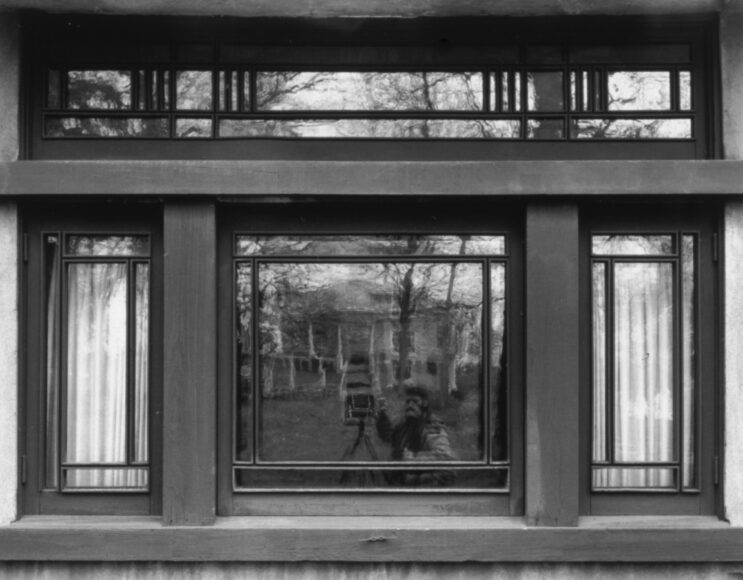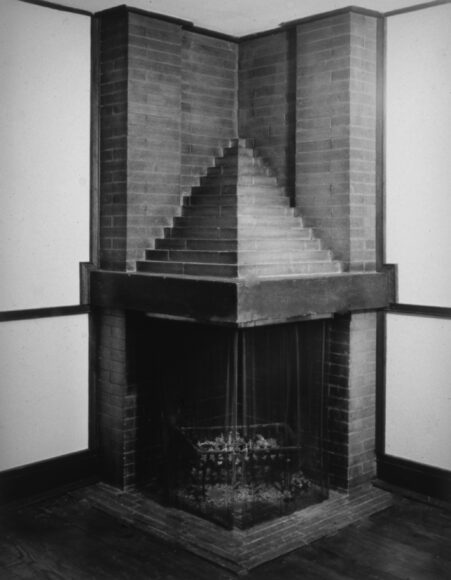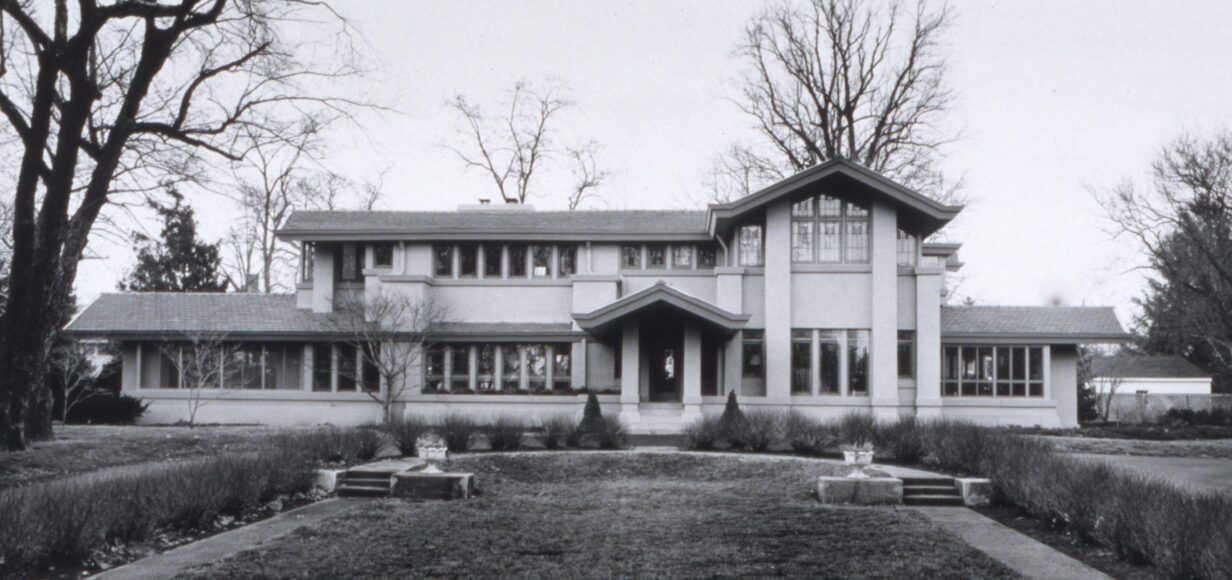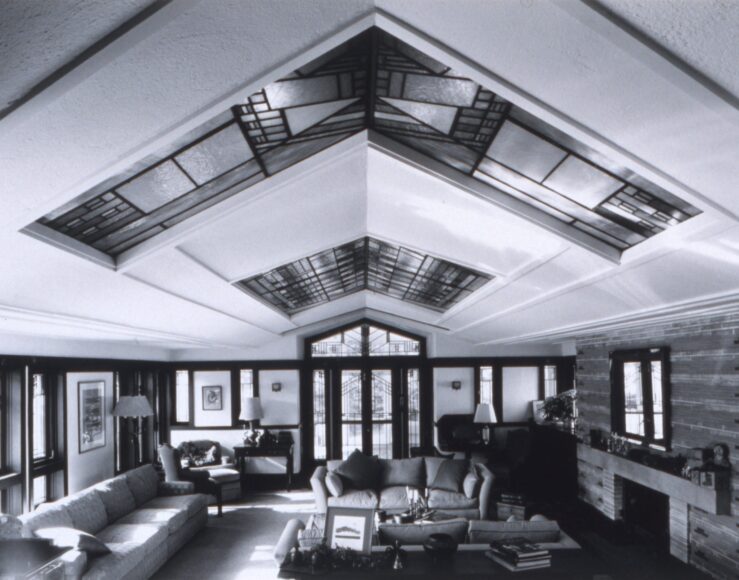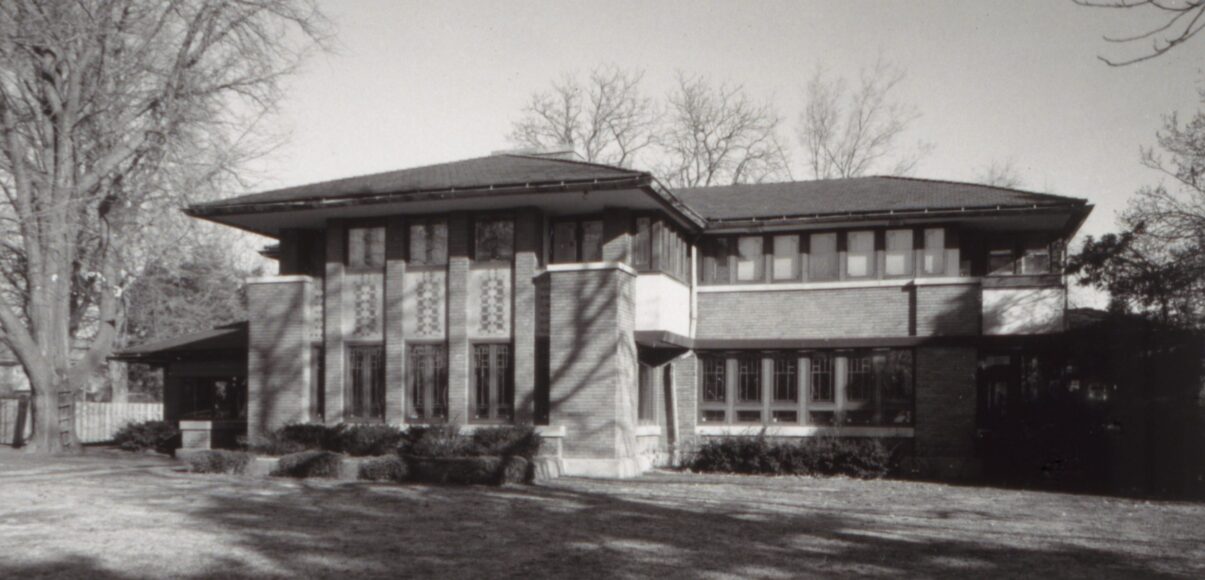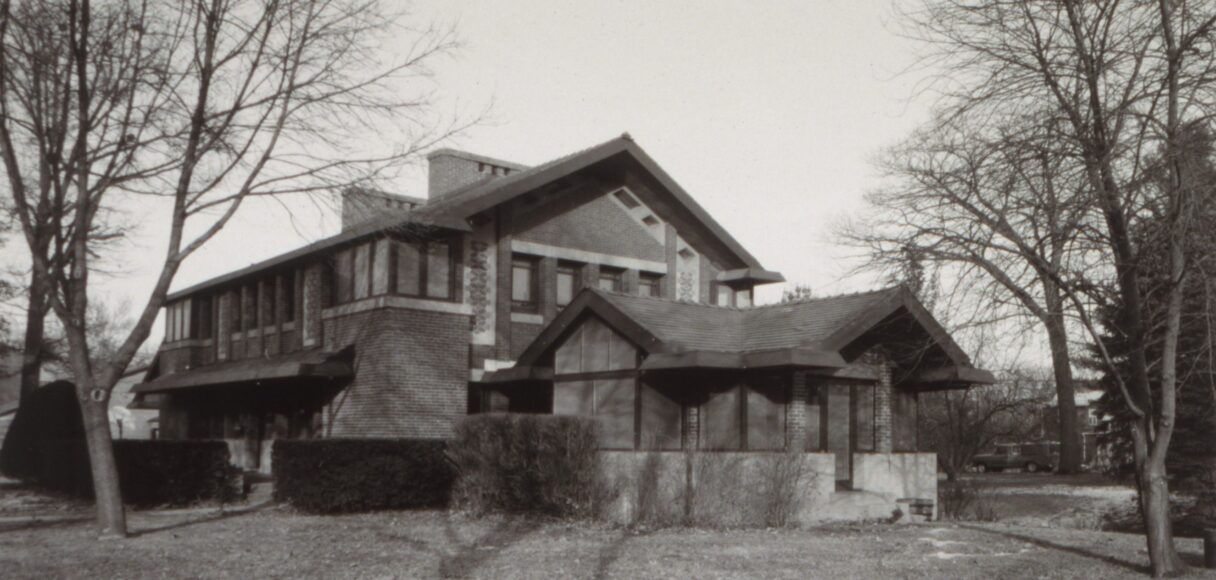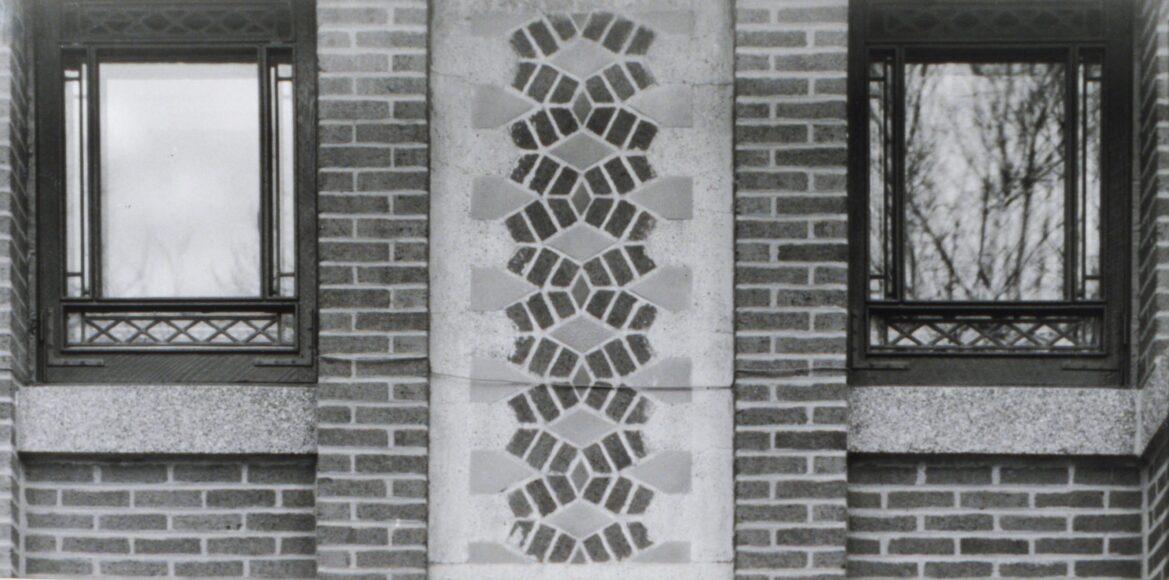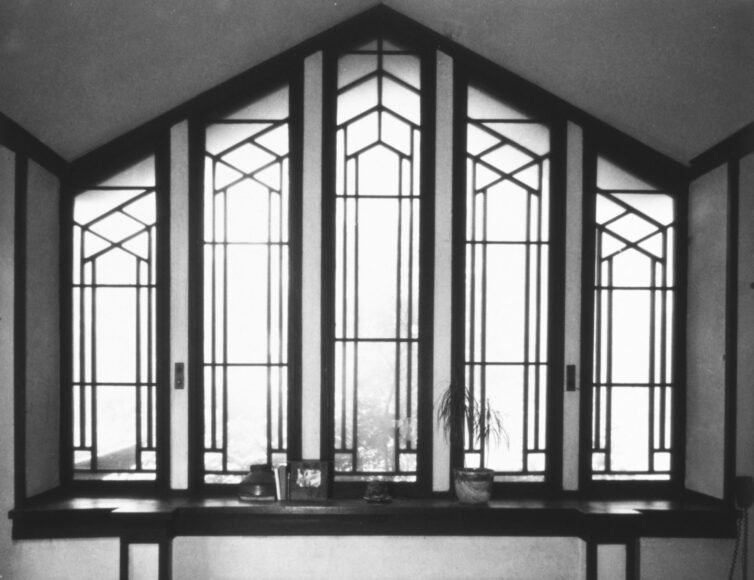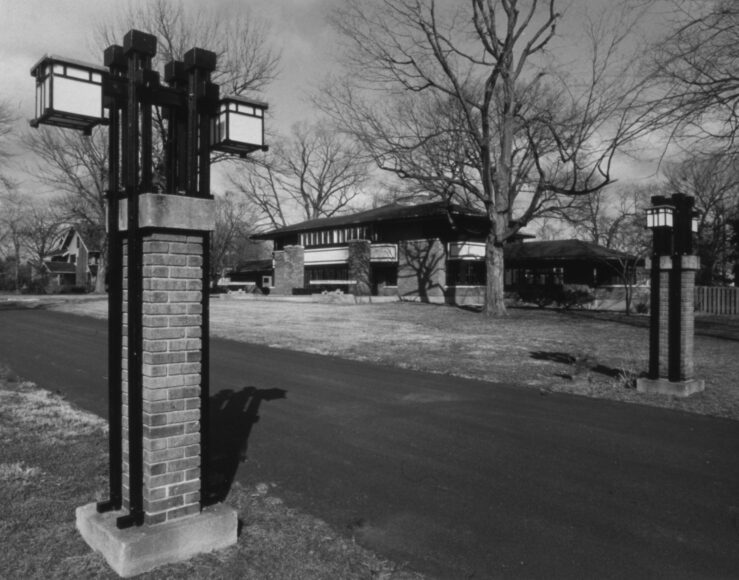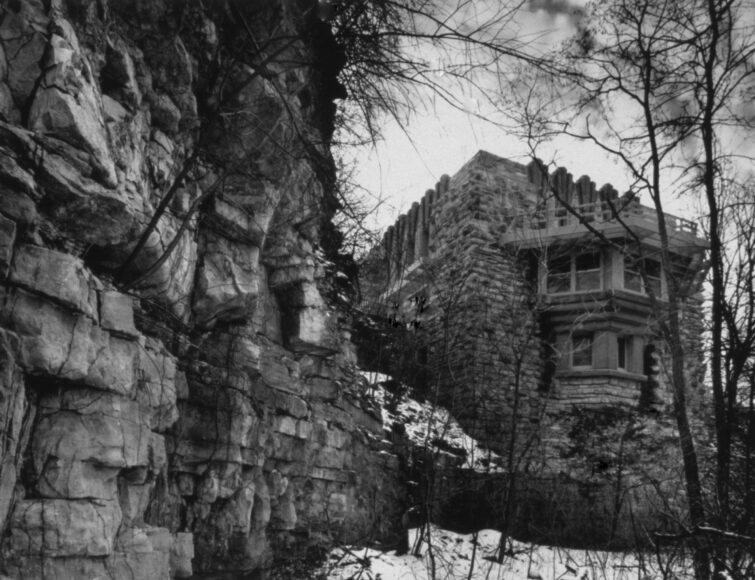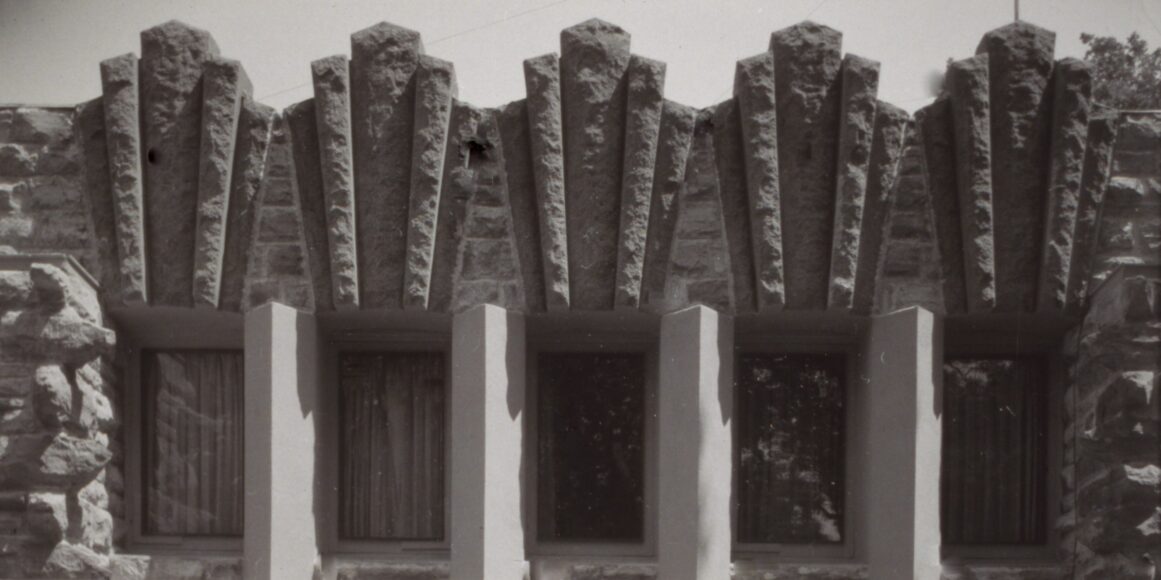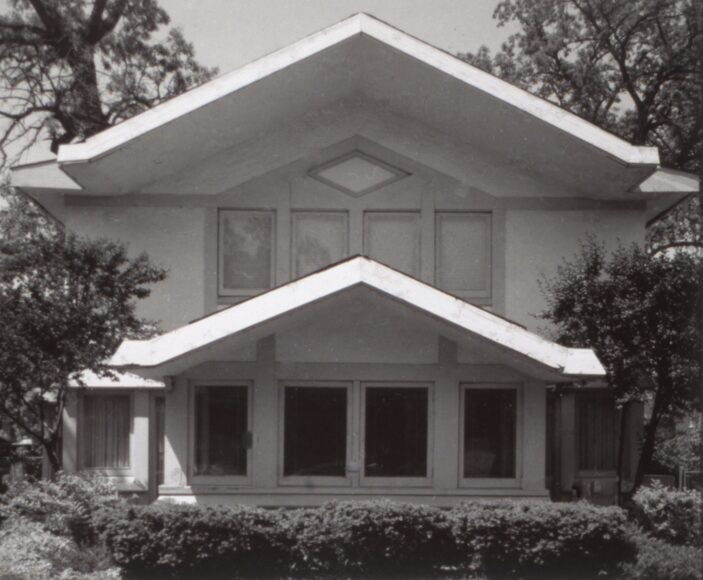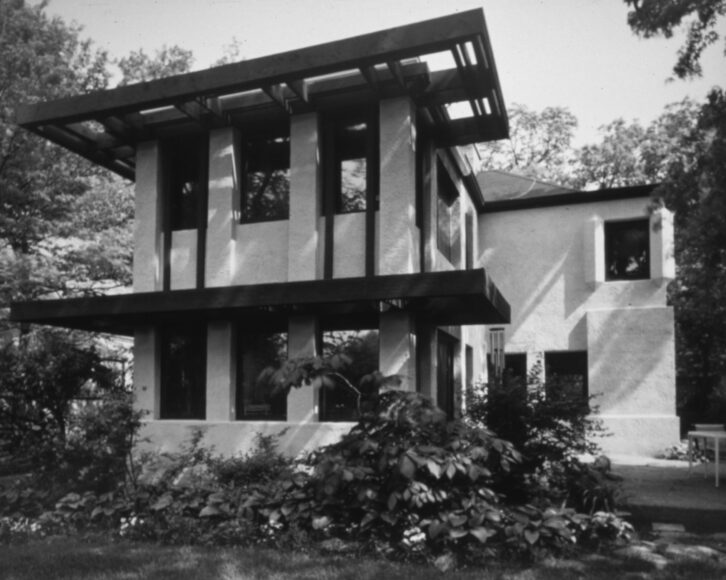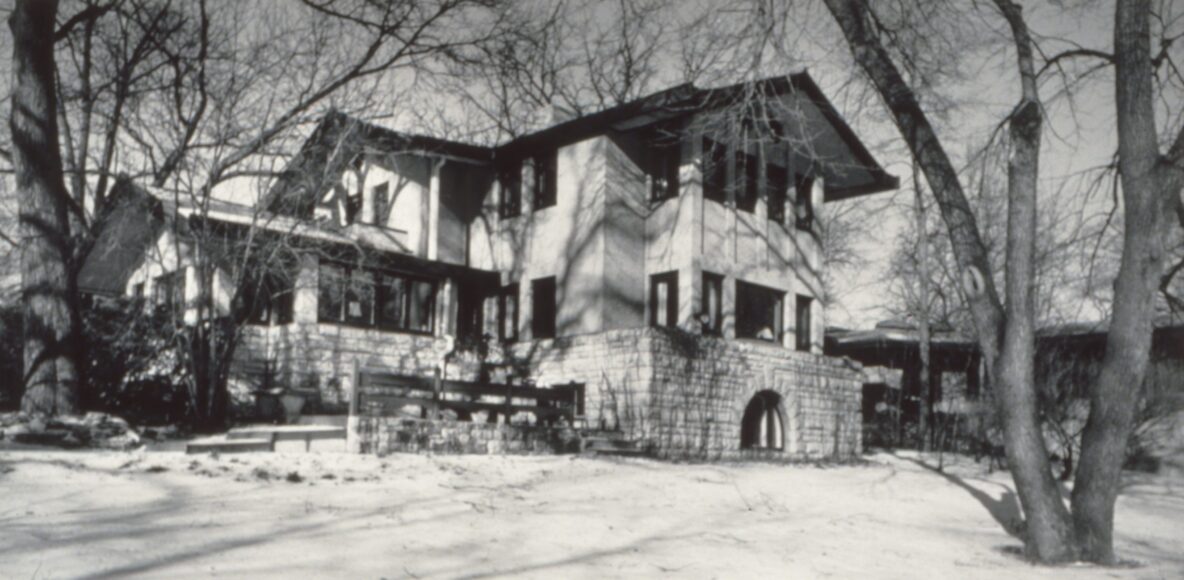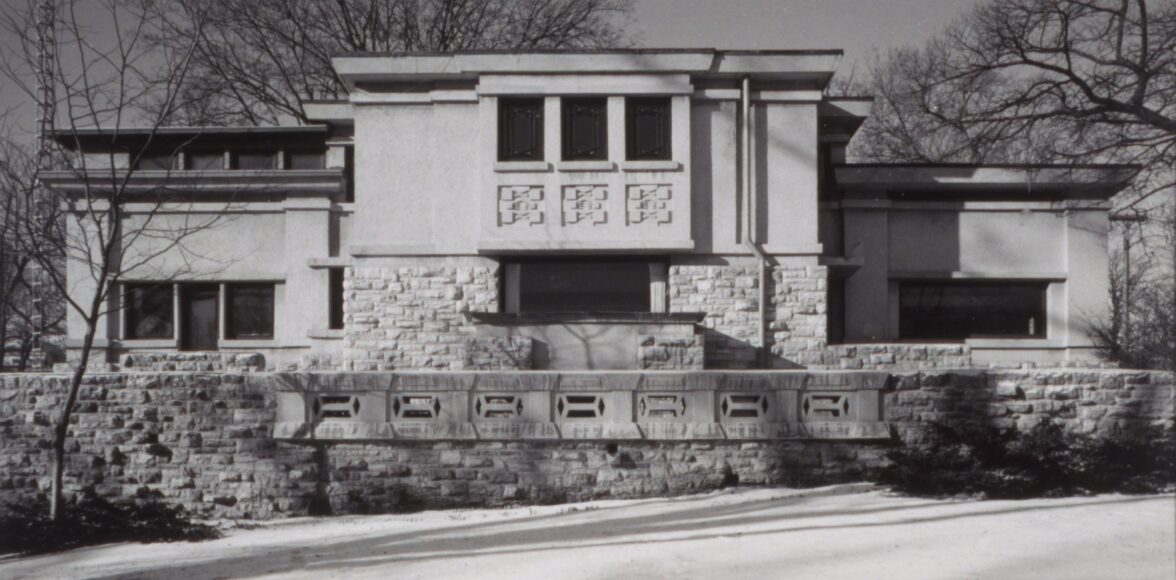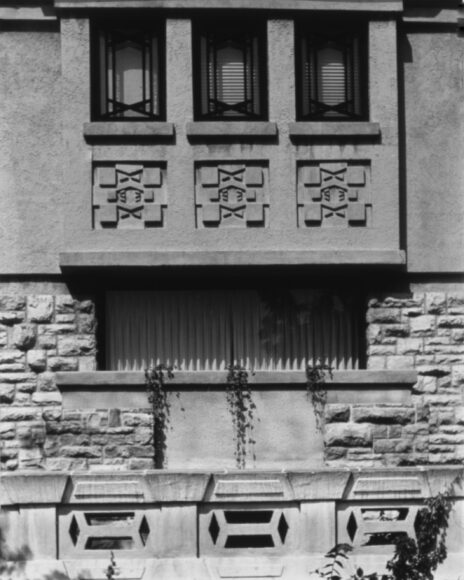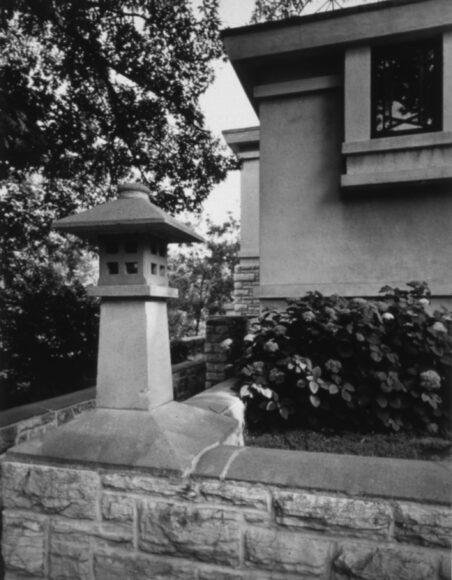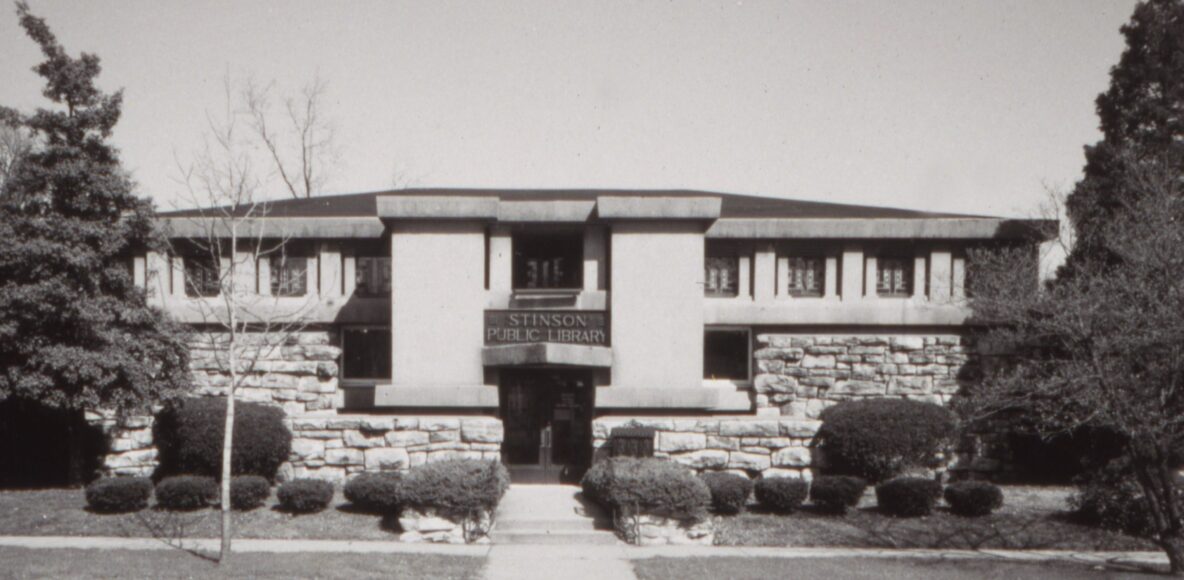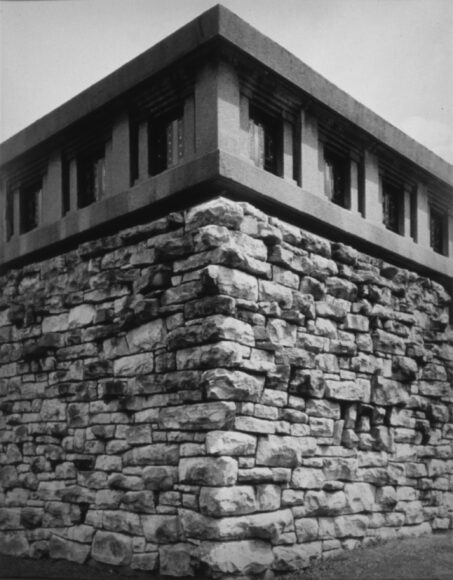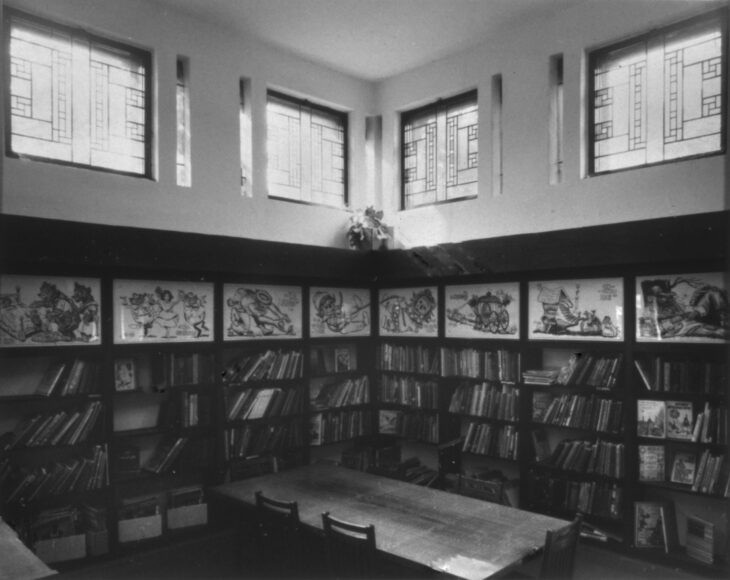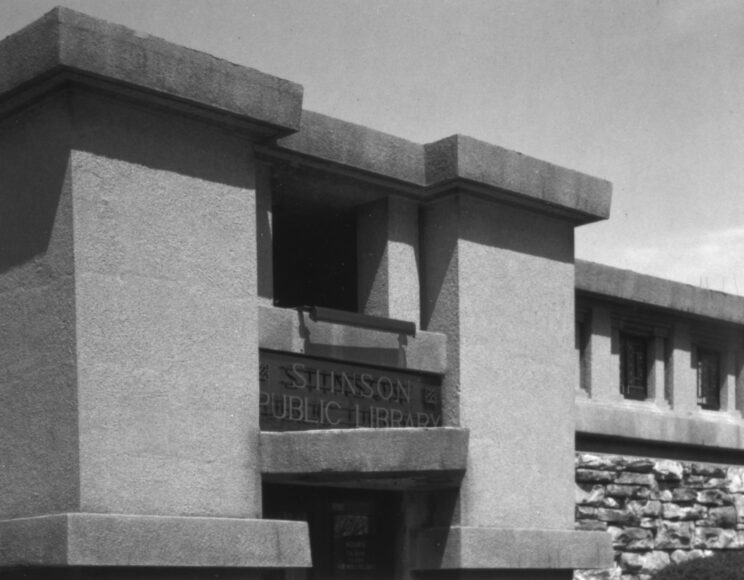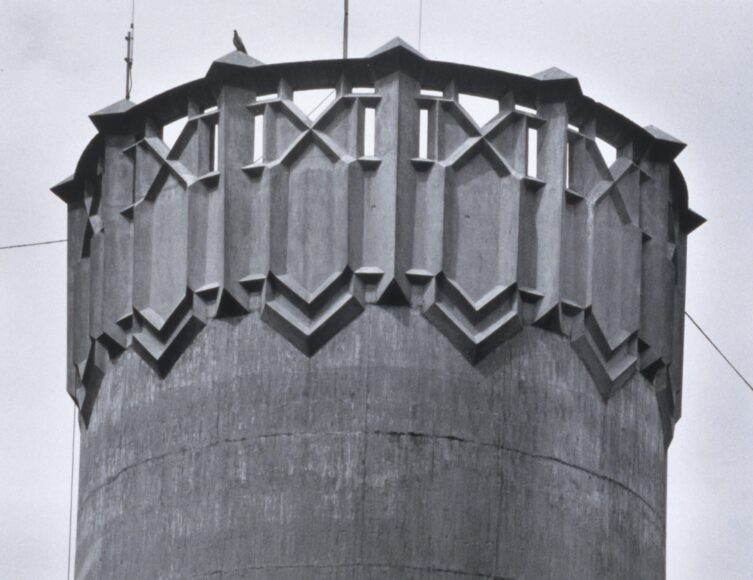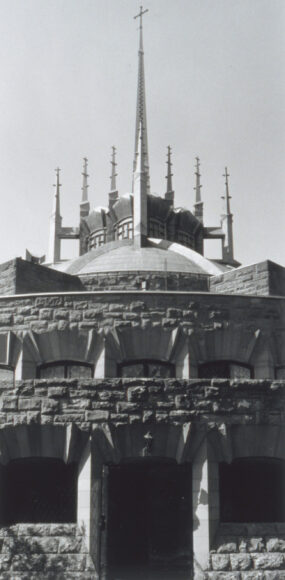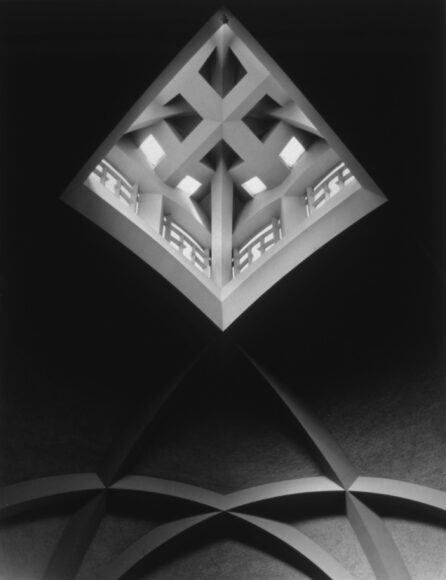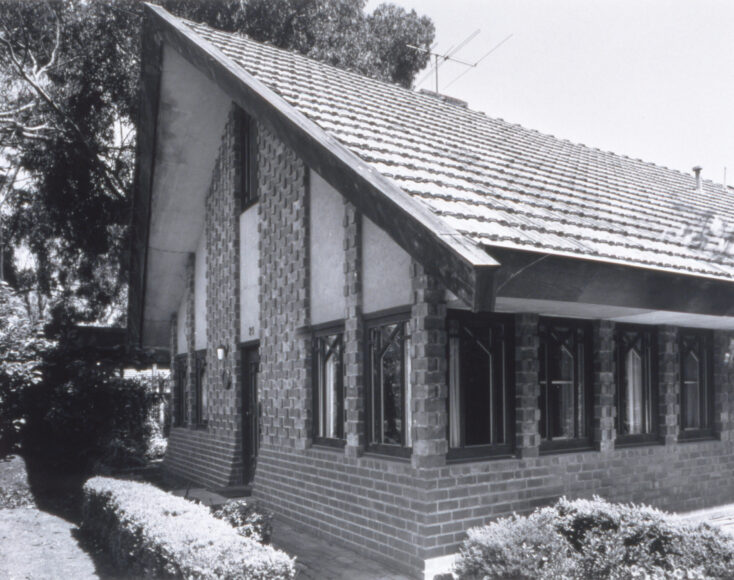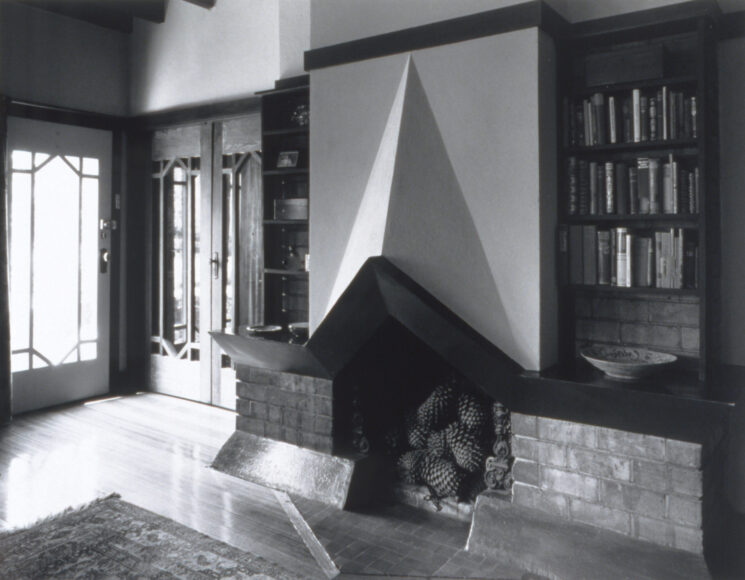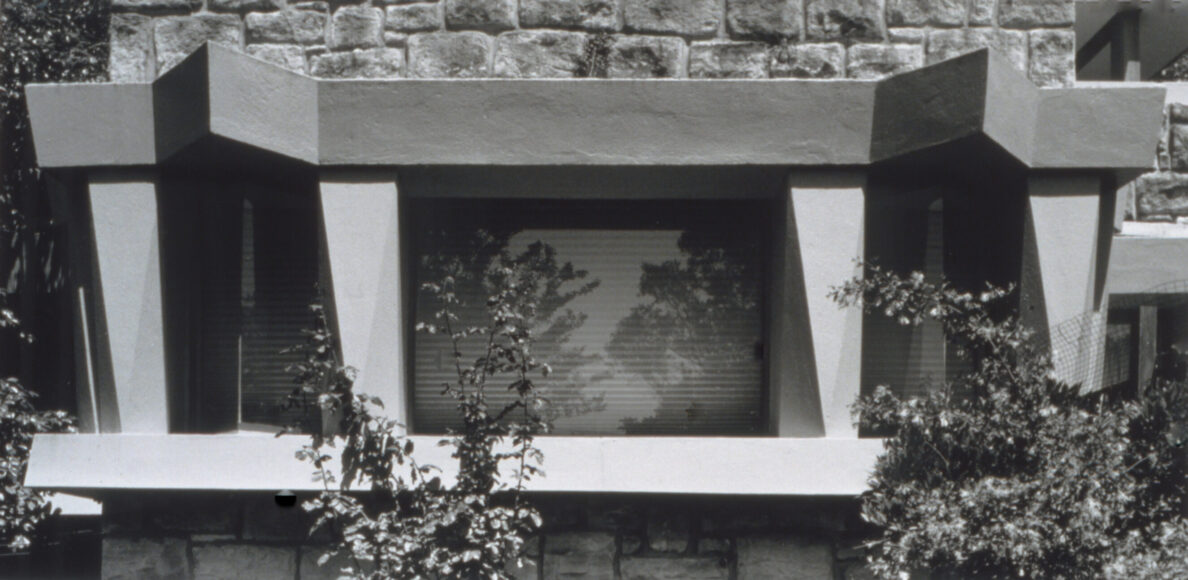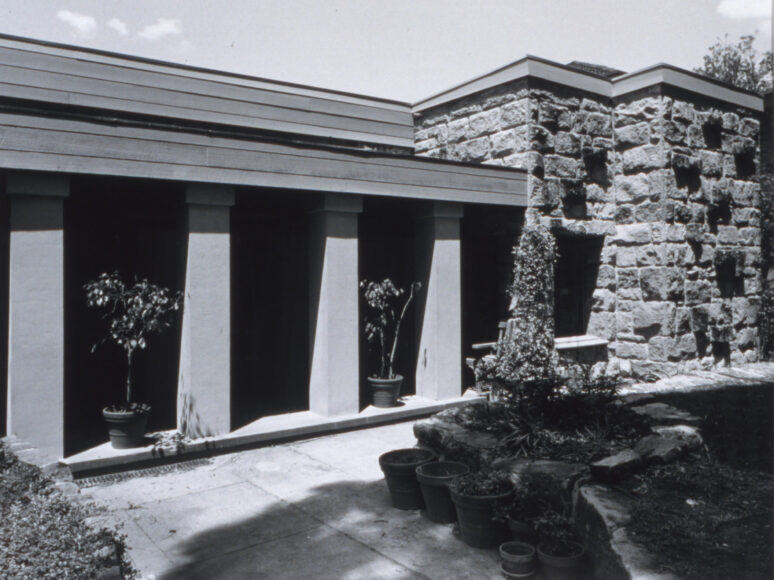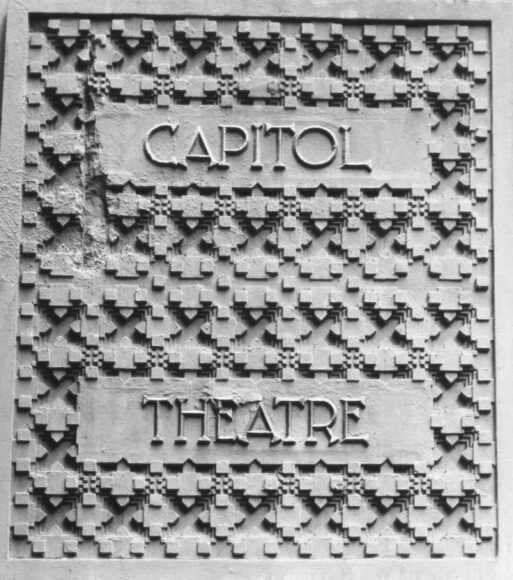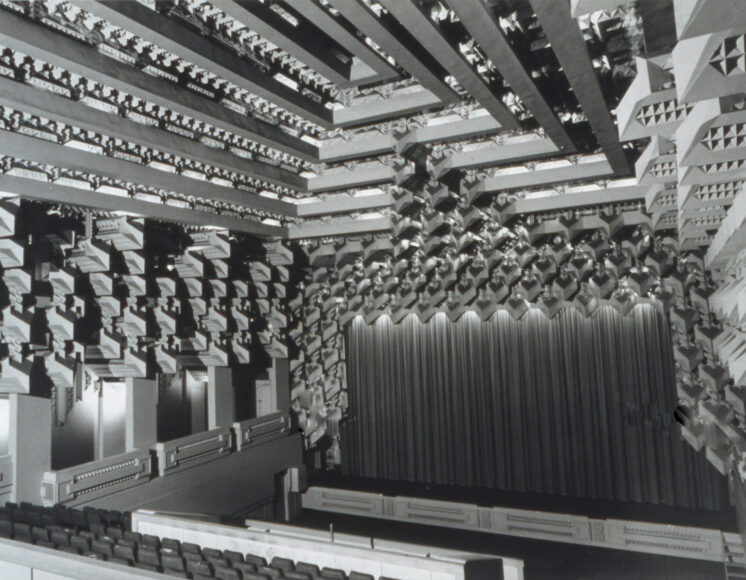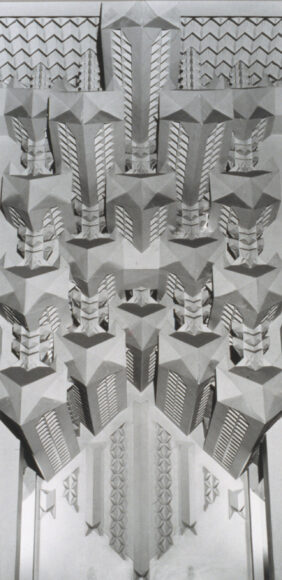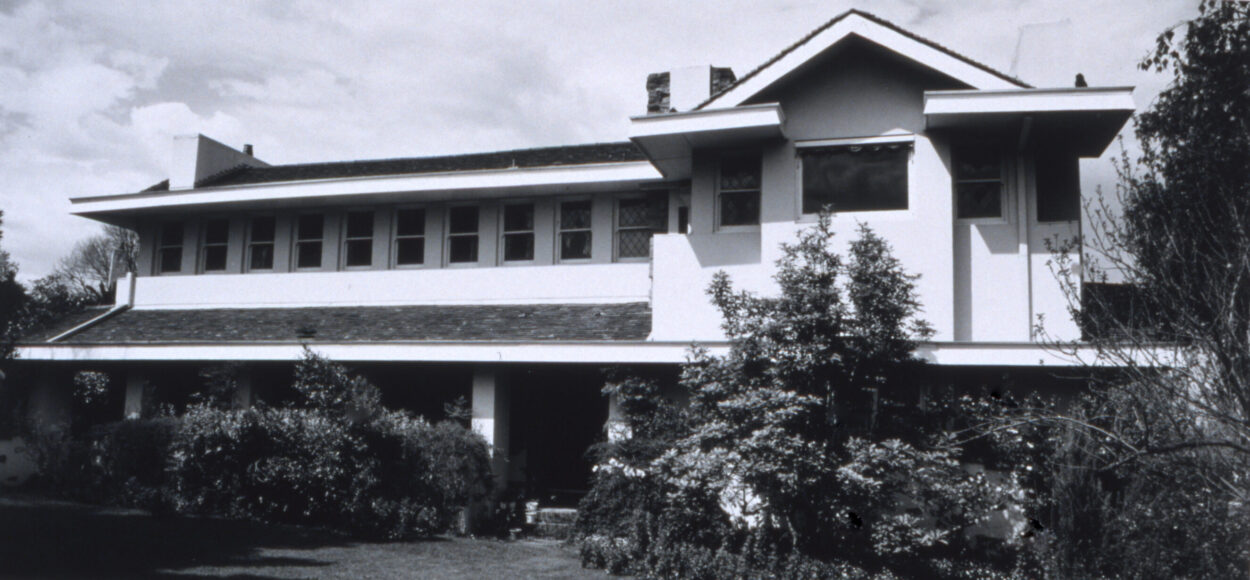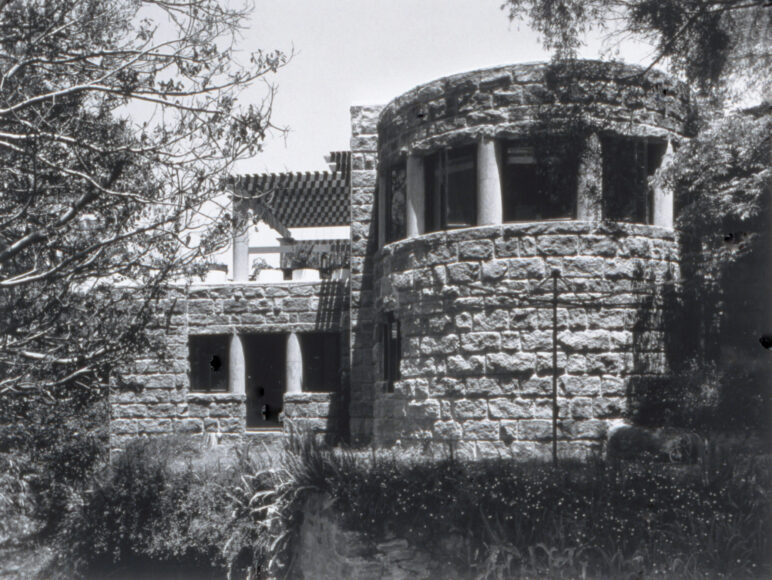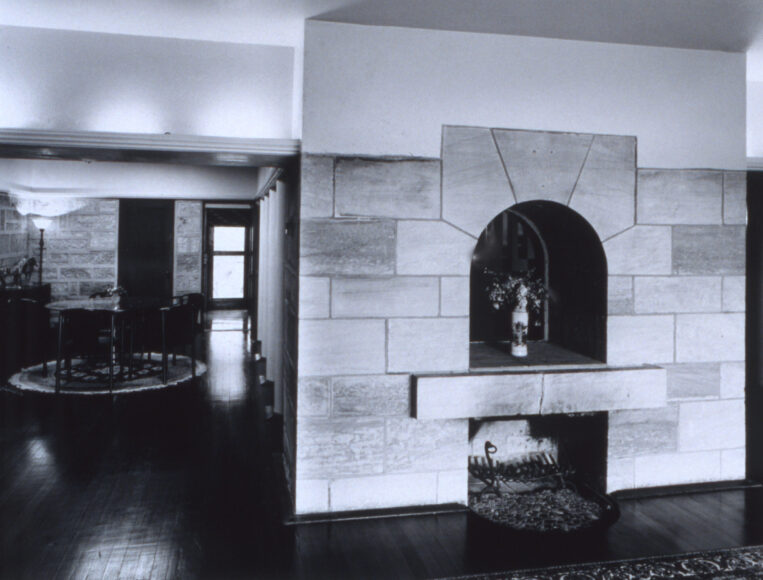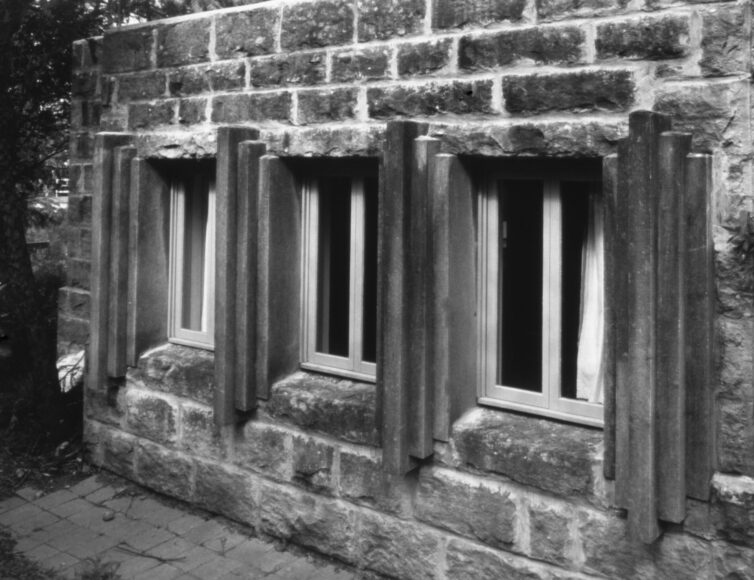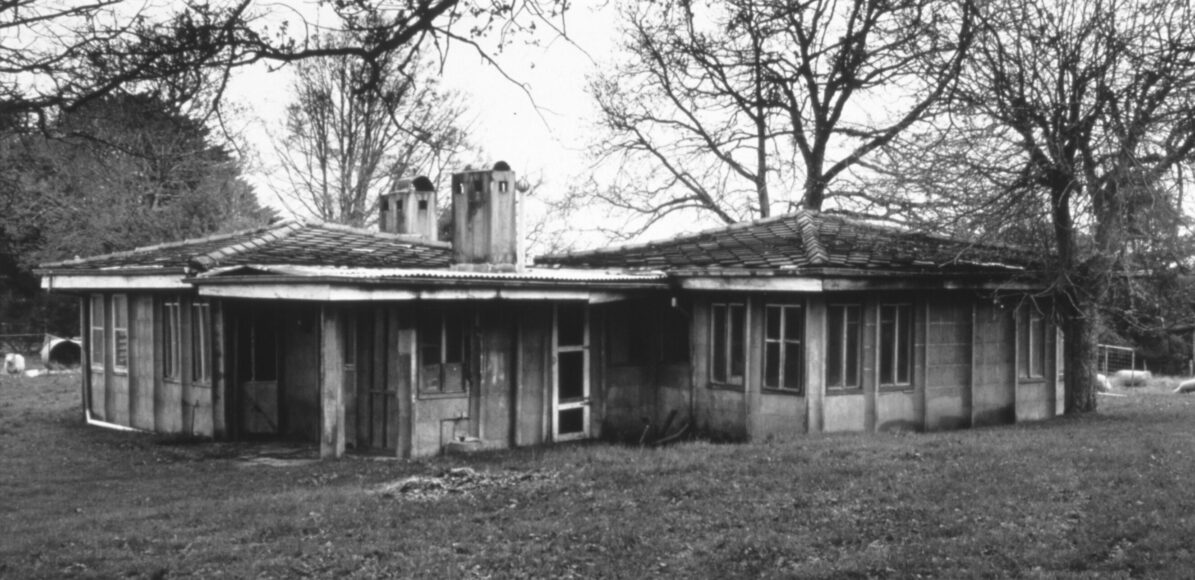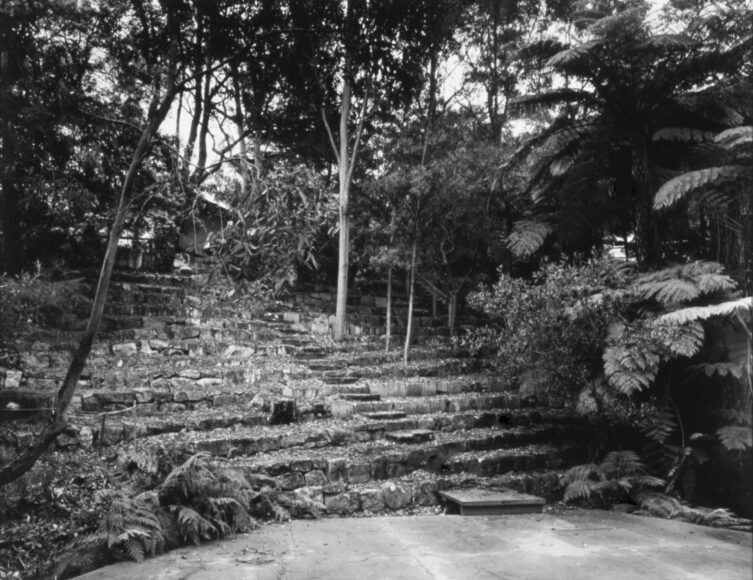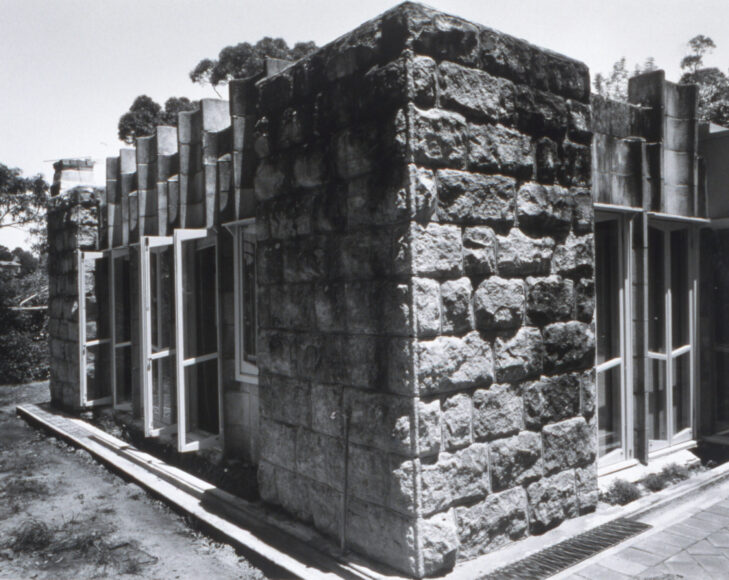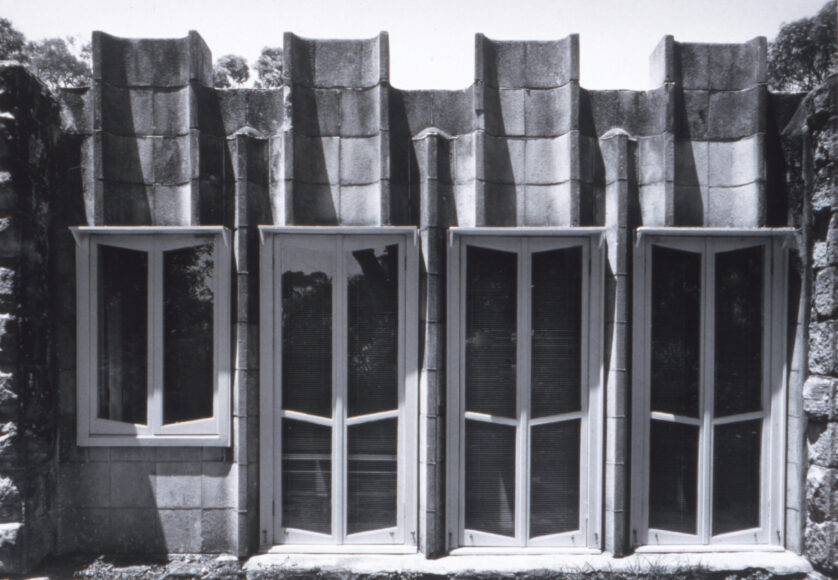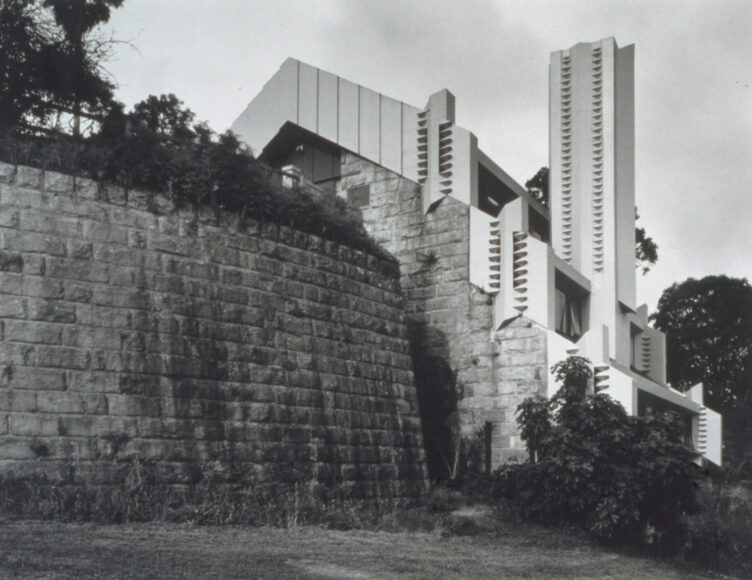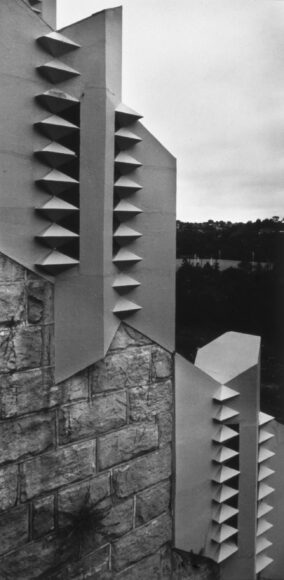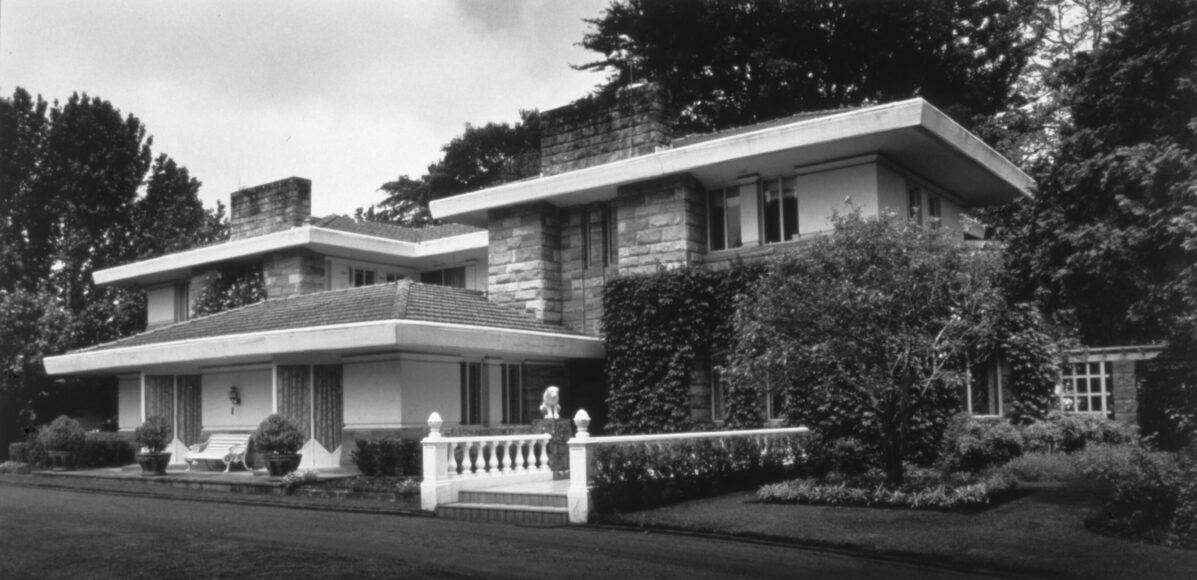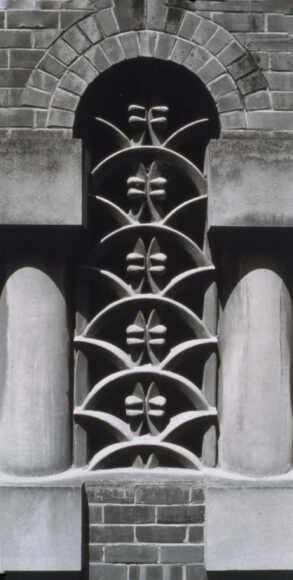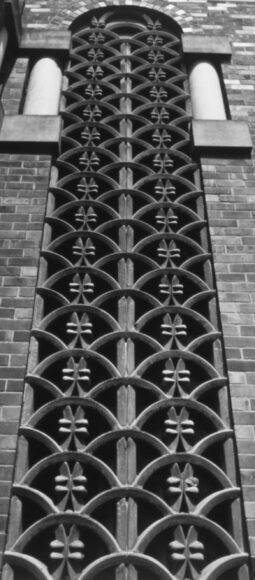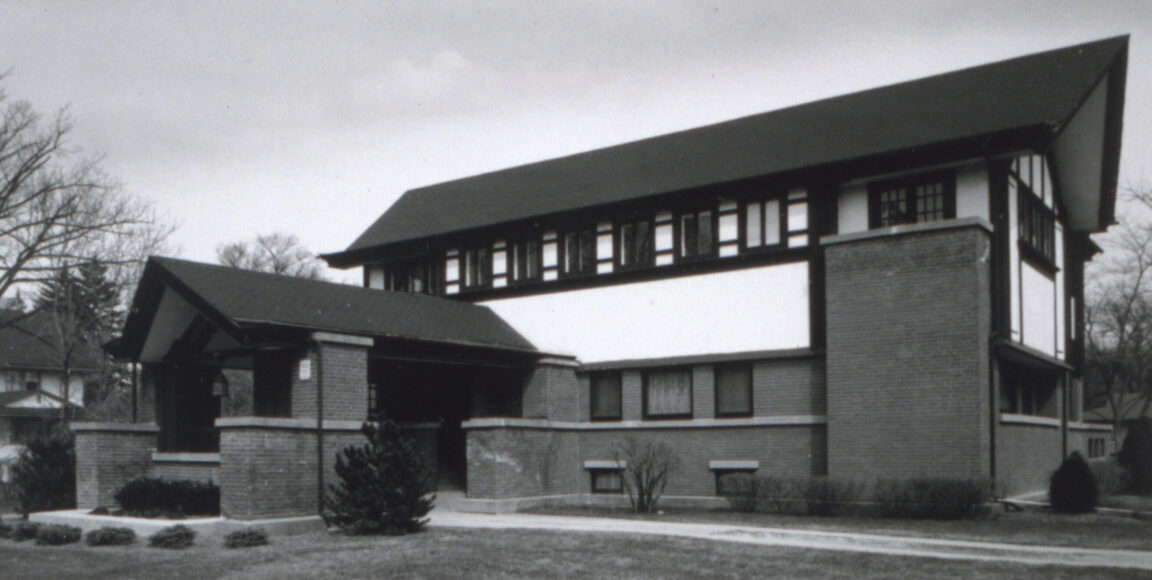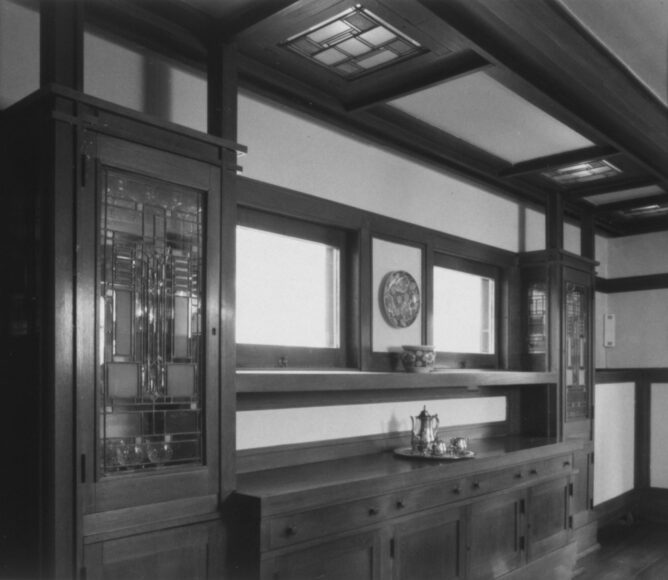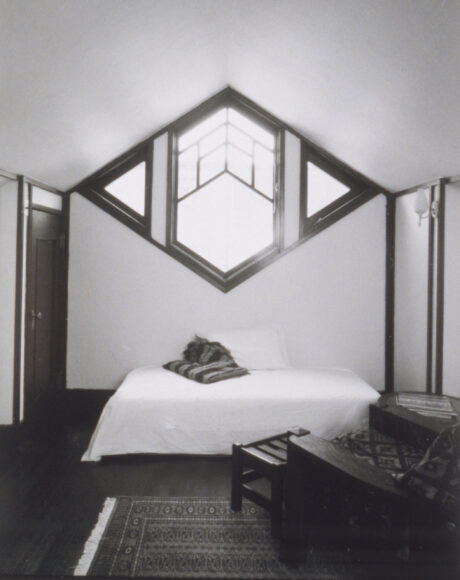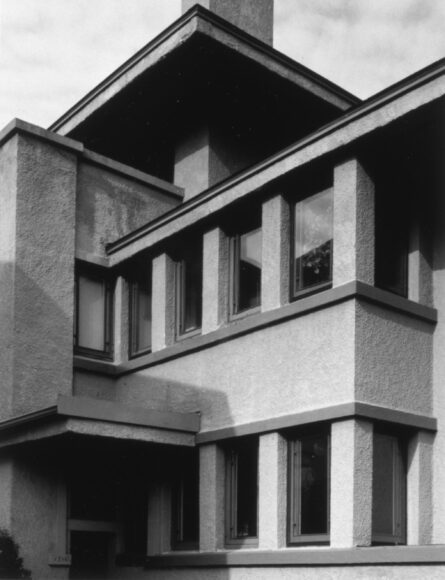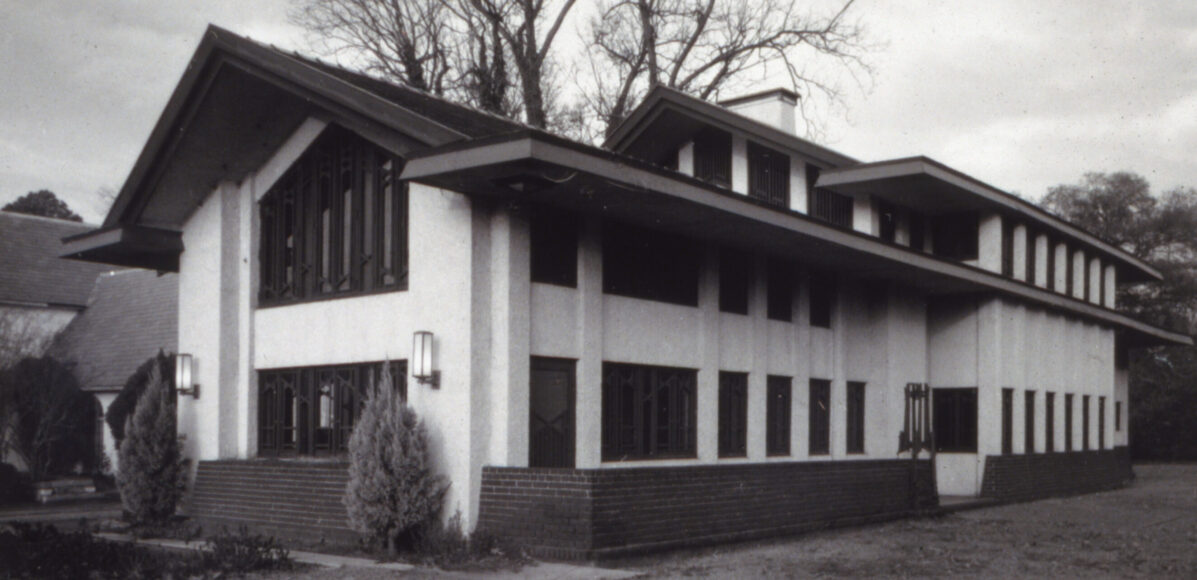This remarkable selection of photographs of Marion Mahony and Walter Burley Griffins’ American and Australian work is by internationally renowned photographer Mati Maldre. The 50 photographs displayed below reflect the diversity of commissions and unique design typical of the Griffins’ work, and are a factual record of their architecture and its environment.
In the late 1980s and 90s, Maldre set about with architectural historian Paul Kruty to compile the definitive list of the Griffins’ American work, which at the time was 64 remaining buildings. With the support of the Graham Foundation for Advanced Studies in the Fine Arts, he built on his personal collection of photographs to record Griffin buildings in North America. A second grant from the Graham Foundation and the prestigious grant from the National Endowment for the Arts allowed Maldre to travel to Australia in 1992 and photograph the Griffins’ Australian work in the cities of Sydney, Melbourne, Adelaide, Brisbane, Canberra, and in the towns of Leeton and Griffith.
Maldre is an Emeritus Professor of Art/Photography at Chicago State University. His photographs have been widely published, collected and exhibited in significant organisations such as The Art Institute of Chicago and The International Venice Architecture Biennial. He is the co-author and photographer for Walter Burley Griffin in America and The Chicago Bungalow, and his photographs are featured in the publication The Griffins in Australia and India. Maldre is also a charter board member of the Walter Burley Griffin Society of America. continued below
Photographs © Mati Maldre 1989 – 2022
Born in Germany in 1947 and emigrating to America in 1950, Maldre is an Estonian-American. His qualifications include an Advanced Degree in Photography from the Institute of Design at Illinois Institute of Technology with Aaron Siskind.
Maldre was introduced to the architecture of Walter Burley Griffin in 1978 by Tom Yanul, a photographer and enthusiast of Prairie School architecture. This interest led to his purchase of a Griffin house, the Jenkinson House, in the Beverly neighbourhood of Chicago in 1980. About this house Maldre said:
“After visiting the Jenkinson House for the first time, I knew it had to be mine. It was as though the house had been built just for me. It embodied all the values I sought in my architectural photography – straightforwardness, respect, and honesty.”
Owning a Griffin house led Maldre to be immersed in the diverse architectural styles of this area. In 1985, commissioned by the Beverly Area Planning Association in cooperation with the Chicago Architecture Foundation, Maldre photographed 250 buildings in this area, including 12 Griffin-designed houses. Further research led Maldre to recognise the importance of Marion Mahony Griffin’s work on building details which she integrated into Walter’s projects, and to respect the collaborative work of the Griffins both professionally and philosophically.
Maldre has crafted these photographs, balancing technical correctness with aesthetic beauty – the art and science of photography. Using his four-by-five Deardorff view camera with perspective-correcting adjustable wooden back and lens board, distortions have been corrected and a record of a building from an otherwise impossible or tight vantage point created. The use of the view camera was slow and cumbersome, viewing an image upside down and reversed on a ground-glass under a dark focusing cloth. However, this deliberate and slow pace allowed Maldre to create images with a well crafted composition. Maldre also observed the changes in foliage with the passing of the seasons, and he returned multiple times to a location to capture the most accurate and interesting view of a building.
These superb photographs are a valuable and lasting record of the Griffins’ work in North America and Australia.
Text summarised from The University of Illinois Press’ Walter Burley Griffin in America, photographs and essay by Mati Maldre; essay, catalog and selected bibliography by Paul Kruty.

